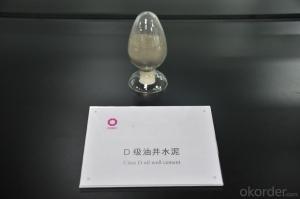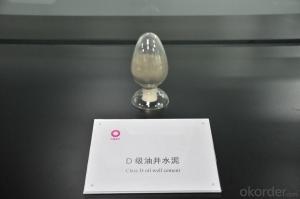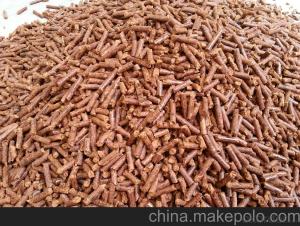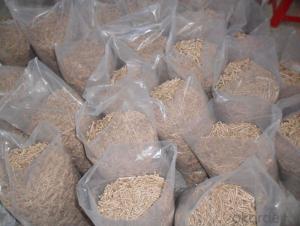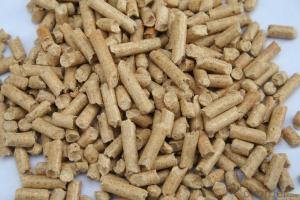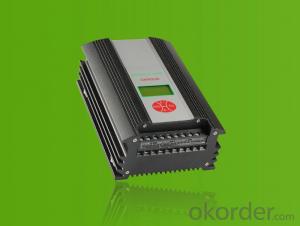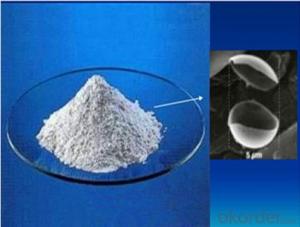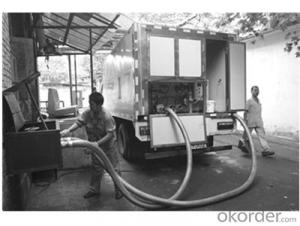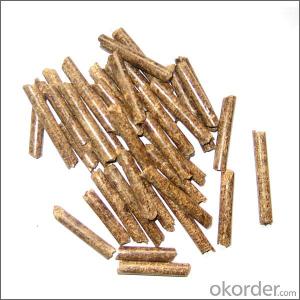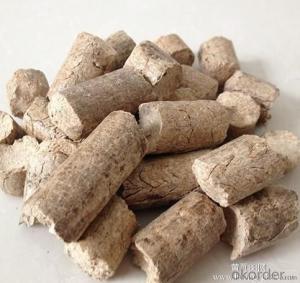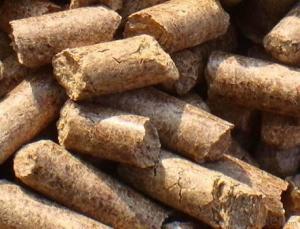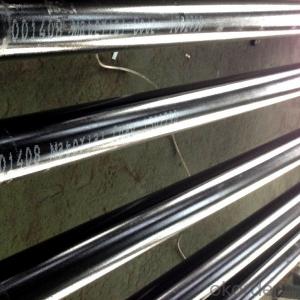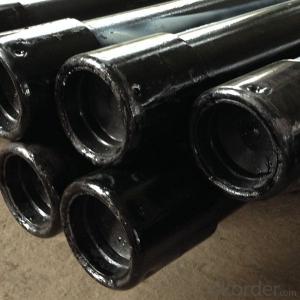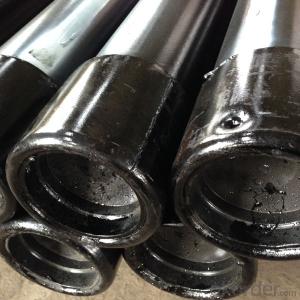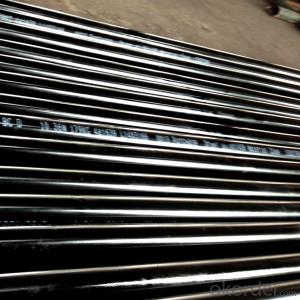Class D Oil Well Cement with API Certification
- Loading Port:
- China main port
- Payment Terms:
- TT OR LC
- Min Order Qty:
- 1 m.t.
- Supply Capability:
- 10000 m.t./month
OKorder Service Pledge
OKorder Financial Service
You Might Also Like
Class D oil well cement:
It is made from Portland cement clinker mainly composed of hydraulic calcium silicate, and appropriate amount of gypsum by finely grinding. This product is applicable to the circumstances with moderate temperature and pressure. It contains two varieties, i.e. moderate sulfate resistant cement (MSR) and high sulfate resistant cement (HSR). It is specially used for cementing for oil well and gas well.
Main parameters:
It complies with national standard GB 10238 Oil Well Cement and conforms to the American standard API Specification Edition 24 10A.
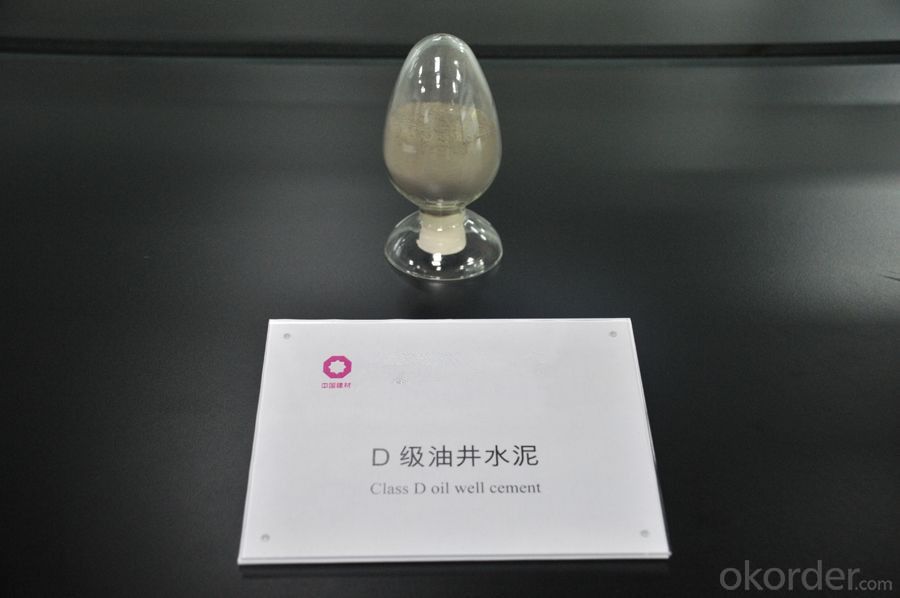
Packing and Storage
Packing: 1000kg/bag, 50kg/bag
Storage: Cement in transportation and storage when not damp and mixed with debris, different varieties and the strength grade of cement during storage to avoid confounding.
- Q:What are the types of new energy vehicles
- 3, hydrogen power vehicle:A car that uses hydrogen as fuel. Hydrogen powered vehicles is a truly zero emission vehicles, emissions from pure water, zero emissions, has no pollution, abundant reserves and other advantages, therefore, hydrogen powered vehicles is the ideal alternative to traditional car. However, the hydrogen fuel cell costs are too high, and hydrogen storage and transportation of fuel in accordance with the current technical conditions are relatively difficult.
- Q:Which products need to be marked energy efficiency logo
- China is the world's largest producer and consumer of household electrical appliances. The rapid growth of household appliances has brought huge energy consumption, but also increased the pollution of the environment. Countries around the world through the development and implementation of energy efficiency standards, the promotion of energy efficiency labeling system to improve energy efficiency of energy efficient products, and promote energy-saving technological progress, thereby reducing emissions of harmful substances and environmental protection.
- Q:Can the total energy consumption (equal value) be calculated in terms of the sum of the equal value of electricity and other energy
- Energy consumption: unit energy consumption is the main index to reflect the level of energy consumption and energy saving, the ratio of primary energy supply to gross domestic product (GDP) is an indicator of energy efficiency. The index shows the degree of energy utilization in a country's economic activities, reflecting changes in economic structure and energy efficiency.
- Q:How to solve the energy problem
- Market economy is open, China should vigorously develop the international energy market, make full use of the international and domestic two kinds of resources, and expand the way and quantity of energy imports
- Q:I would like to ask you, China's electronic products have the use of energy classification, if so, what is the specific classification?
- Level 2 means comparison;Level 3 indicates that the energy efficiency of the product is the average level of the Chinese market;
- Q:What is the difference between primary and secondary energy sources two
- Primary energy can be further divided into two categories of renewable energy and non renewable energy. Renewable energy including solar energy, wind power, wind energy, biomass energy, wave energy, tidal energy, ocean thermal energy, etc.. They can be recycled in nature. Renewable energy, including: coal, crude oil, natural gas, oil shale, nuclear energy, etc., they can not be recycled, with a little, then a little less.
- Q:Trademark registration of energy and environmental protection is the first category
- There are 45 categories of trademark classification in China. Firstly, it is necessary to choose the categories corresponding to the enterprises, and the trade mark should belong to the 11 category:Article 01: used in industry, science and photography, agriculture, horticulture and forestry chemicals, unprocessed artificial resins, unprocessed plastics material, fertilizer, fire extinguishing compositions, tempering and soldering preparations, preservation of food chemicals, tanning, industrial adhesives
- Q:What is the classification of energy?
- , more new energy has begun to meet human needs
- Q:China's new energy situation? The biggest obstacle? What can be learned abroad?What is the most important countermeasure in our country?
- Take real estate as an exampleReal estate dataPart I: Research SectionSection 1: Market Research
- Q:What is the general energy?What do we usually say about energy conservation?
- Third as mentioned in this Law refers to energy saving, strengthen energy management, take technically feasible and economically reasonable and socially and environmentally acceptable measures to reduce all links from energy production to consumption in losses and waste, to use energy more efficiently and rationally.Fourth energy conservation is a long-term strategic policy of the country's economic development
1. Manufacturer Overview |
|
|---|---|
| Location | |
| Year Established | |
| Annual Output Value | |
| Main Markets | |
| Company Certifications | |
2. Manufacturer Certificates |
|
|---|---|
| a) Certification Name | |
| Range | |
| Reference | |
| Validity Period | |
3. Manufacturer Capability |
|
|---|---|
| a)Trade Capacity | |
| Nearest Port | |
| Export Percentage | |
| No.of Employees in Trade Department | |
| Language Spoken: | |
| b)Factory Information | |
| Factory Size: | |
| No. of Production Lines | |
| Contract Manufacturing | |
| Product Price Range | |
Send your message to us
Class D Oil Well Cement with API Certification
- Loading Port:
- China main port
- Payment Terms:
- TT OR LC
- Min Order Qty:
- 1 m.t.
- Supply Capability:
- 10000 m.t./month
OKorder Service Pledge
OKorder Financial Service
Similar products
New products
Hot products
Related keywords
